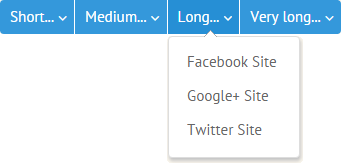

But even that will not make your life easier since digest HTTP authentication does not work out of the box in soapUI. Just to make things simple, I assume digest authentication is done like in RFC 2069. Response = MD5( HA1:nonce:HA2 ) ( back compatability ) In the first version ( RFC 2069 ) the algorithm is:Īfter RFC 2617 introduced qop HA2 it can be calculated:Ī2 = method:digestURI ( back compatability ) response is a string of 32 hex digits computed with MD5 cryptographic hashing, which holds credentials.It is used by the server to detect if a request is replayed. It is a must if the server sends qop directive, otherwise it is a must not. nc is nonce count and it is a hexadecimal count of the number of requests.If a client sends qop, like above, this is a must. cnonce is a client nonce used by the client and server for mutual authentication, to avoid plain text attacks and message integrity.opaque is a server specified string which should be returned by the client unchanged in the subsequent request in the same protection space.It is used in MD5 cryptographic hashing when sending authentication. nonce is a server generated string which should be generated each time 401 a response is made.Server then sends the requested content.Client sends the request again, with authentication:.qop - quality of protection, where auth indicates authentication and auth-int authentication with integrity protection.realm - A string to be displayed to users so they know which username and password to use.Is the HTTP header which carries this information. Where in the response header the following: WWW-Authenticate: Digest realm="Secure Area", Server returns HTTP error 401 which means that authentication is required, with authentication type:.The same as basic HTTP authentication when a client requests content for which authentication is required, the server informs a client that authentication is required and its authentication type. It is an application of MD5 cryptographic hashing using nonce values specified by RFC 2069 ( An Extension to HTTP: Digest Access Authentication) and later expanded by RFC 2617 (HTTP Authentication: Basic and Digest Access Authentication).


It uses encryption to send the credentials over the network which is safer than the (basic HTTP authentication - see my previous blog post) that sends plain text. Digest access authentication is a method a web server can use to negotiate credentials with a web browser.


 0 kommentar(er)
0 kommentar(er)
